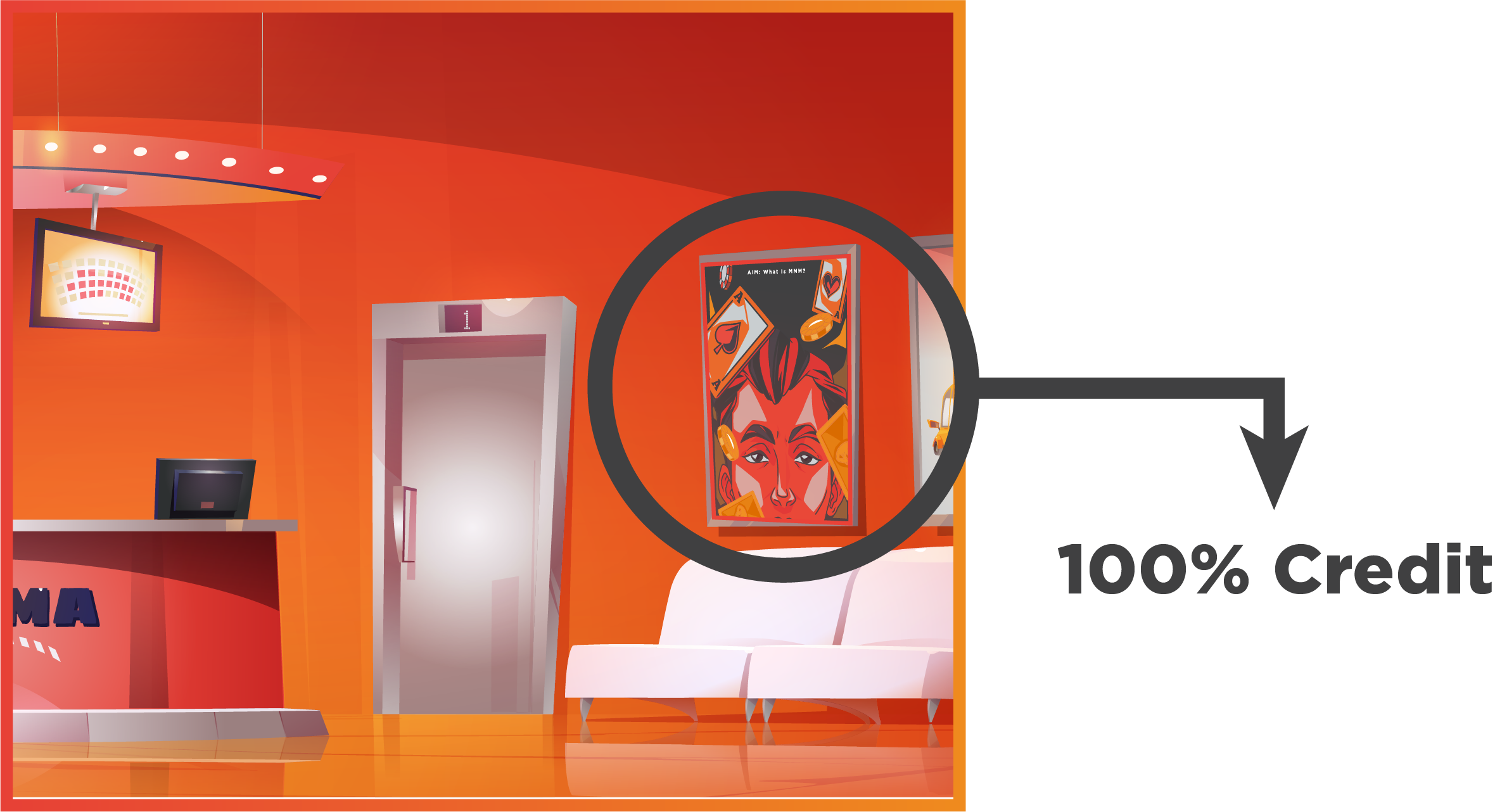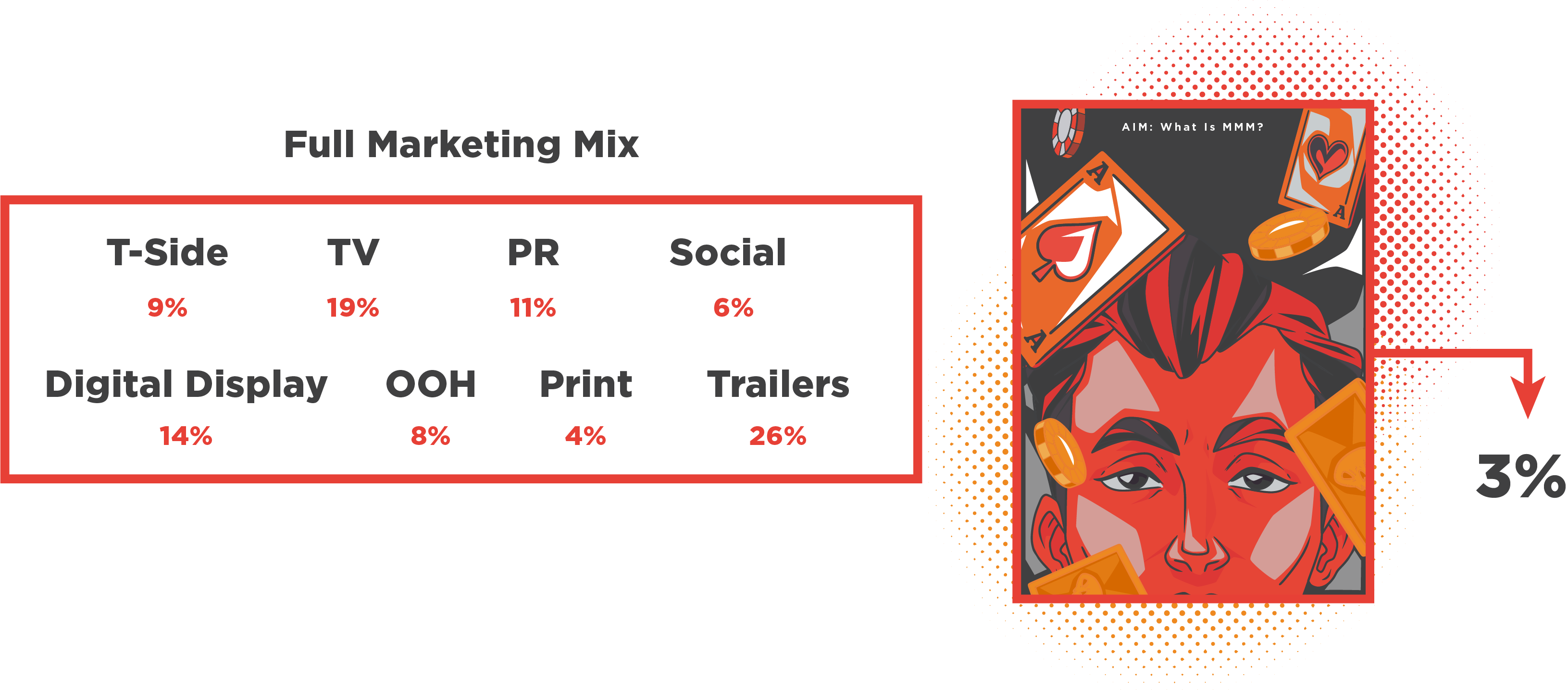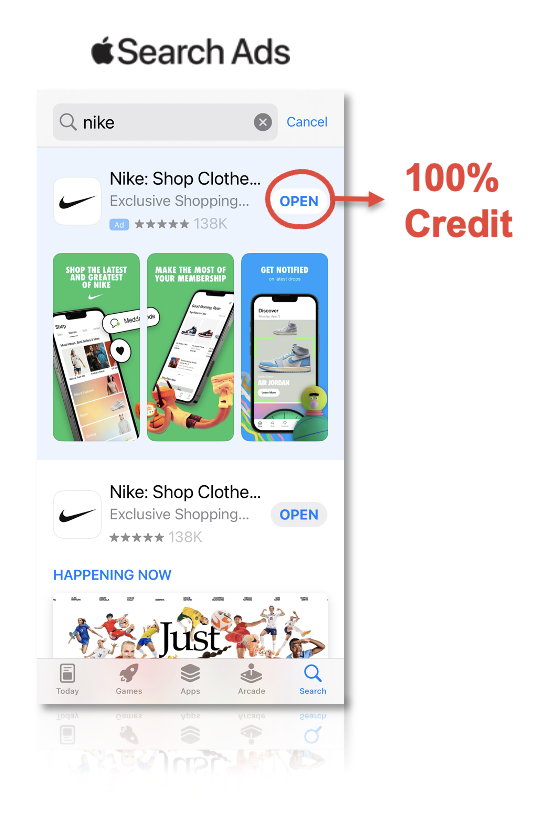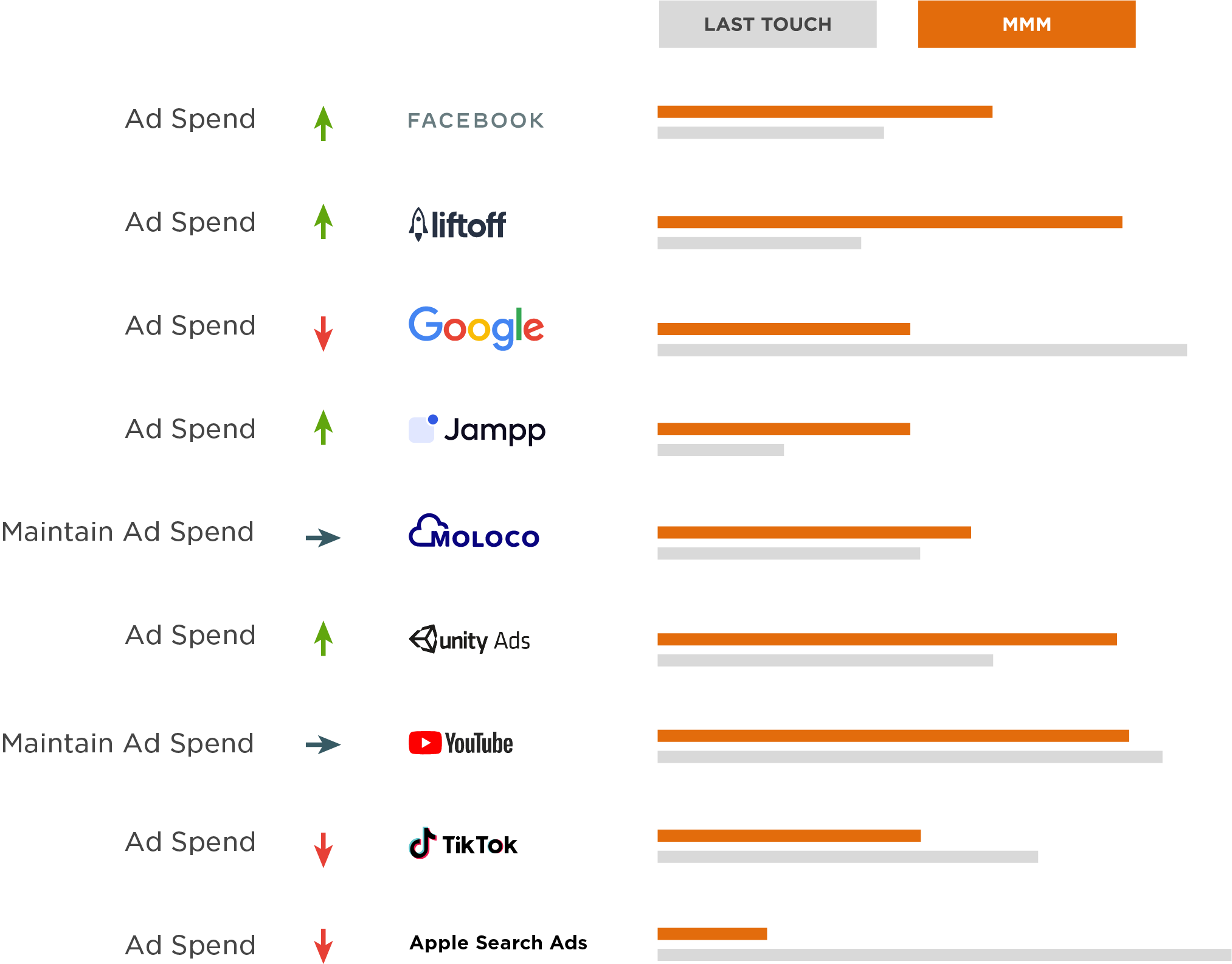When marketers first encounter the concept of marketing mix modeling (MMM), it may feel as though they’ve missed the key plot of a film, making it hard to follow. That’s certainly how I felt. The confusion arises because if you explain what MMM does–”it shows what marketing channels impacted your sales”–it sounds remarkably similar to what touch attribution does. However, I found an intuitive analogy that resonates and makes everything fall into place.
The Basics
Before the analogy and to truly understand the value of MMM, it’s essential to fully comprehend what last touch attribution is, which is often misunderstood. At the core of last touch attribution is the ability to track the last touch point of the user before the conversion event, such as an app install or a purchase.
MMM measures the influence of your marketing mix on the user’s conversion event.
The best way to understand the difference is to use a movie theatre analogy.
The Analogy: Going to the Movies
Imagine going to a movie theater to see the latest blockbuster. There’s always a poster of the film on the side of the theater where you’re about to enter. In the world of last-touch attribution, this poster would get 100% of the credit for your ticket sale.
In reality, you’ve been influenced for weeks by trailers, digital ads, PR, social media, and out -of-home to see that film. That’s where MMM comes into play.


MMM goes beyond the simple last touch point, analyzing the combined influence of all advertising channels on your final decision. Let’s say you were influenced by different media sources, such as digital displays, social media, and television ads. MMM doesn’t just recognize that these played a part; it quantifies the contribution each one had on your decision.
In the movie theater example, while last-touch attribution would give 100% credit to the poster, MMM would understand the individual influences of the entire marketing mix that led you to the theater. It’s about recognizing the full story, not just the ending scene.
Bringing It to Real-Life Marketing: UA Example
Let’s relate this to user acquisition (UA) and take Apple Search Ads (ASA) as an example. If you decide to download the Nike shopping app, your journey may involve opening the App Store, searching for Nike, and clicking the install button on the first result that appears, often an Apple Search Ad. In the last-touch attribution model, ASA would get 100% credit. It’s the movie theater poster.
But what influenced you over the last few days or weeks? Nike’s entire media mix. In the world of MMM, your decision might be more influenced by ads on Unity, Liftoff and Moloco than ASA. Knowing this influence factor allows UA teams to make better strategic decisions on adjusting the budget allocation, decreasing the budget where there’s little influence and increasing it where there’s more.


Conclusion: Making Strategic Marketing Decisions
So what’s the takeaway here? Just like the movie poster isn’t the only reason you chose to see a film, the last touch point isn’t the sole influence on a consumer’s purchase decision.
Marketing mix modeling helps marketers see beyond the last touch, recognizing and measuring the influence of all channels and partners. By understanding the real drivers behind consumer behavior, you can allocate your budget more efficiently and make better strategic decisions.
It’s not just about what’s right in front of us; it’s about the whole journey. Now that you’ve seen behind the curtain, you can appreciate the art of marketing mix modeling and leverage it in your next marketing strategy. Just remember to keep an eye on the entire plot arc, not just the final scene!
